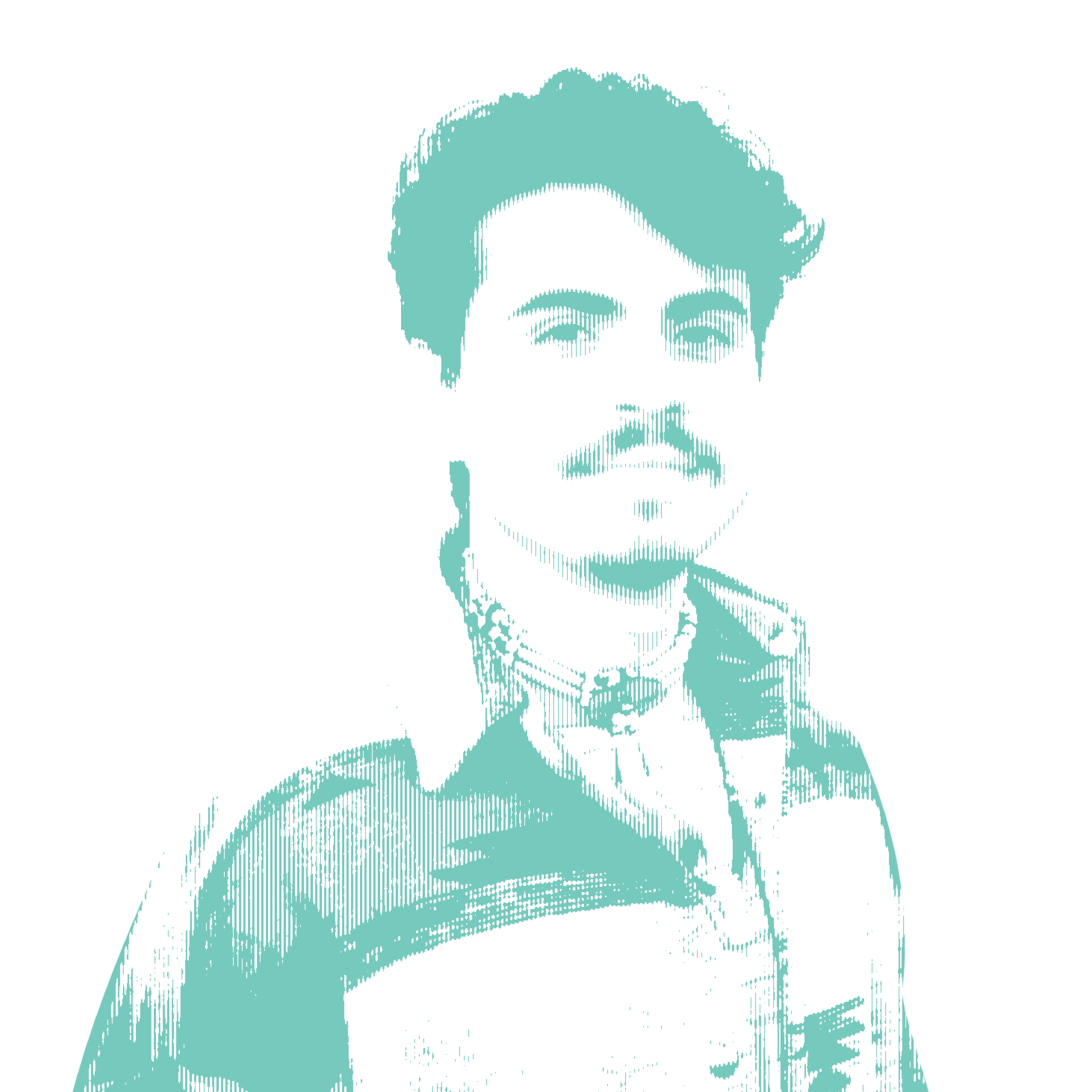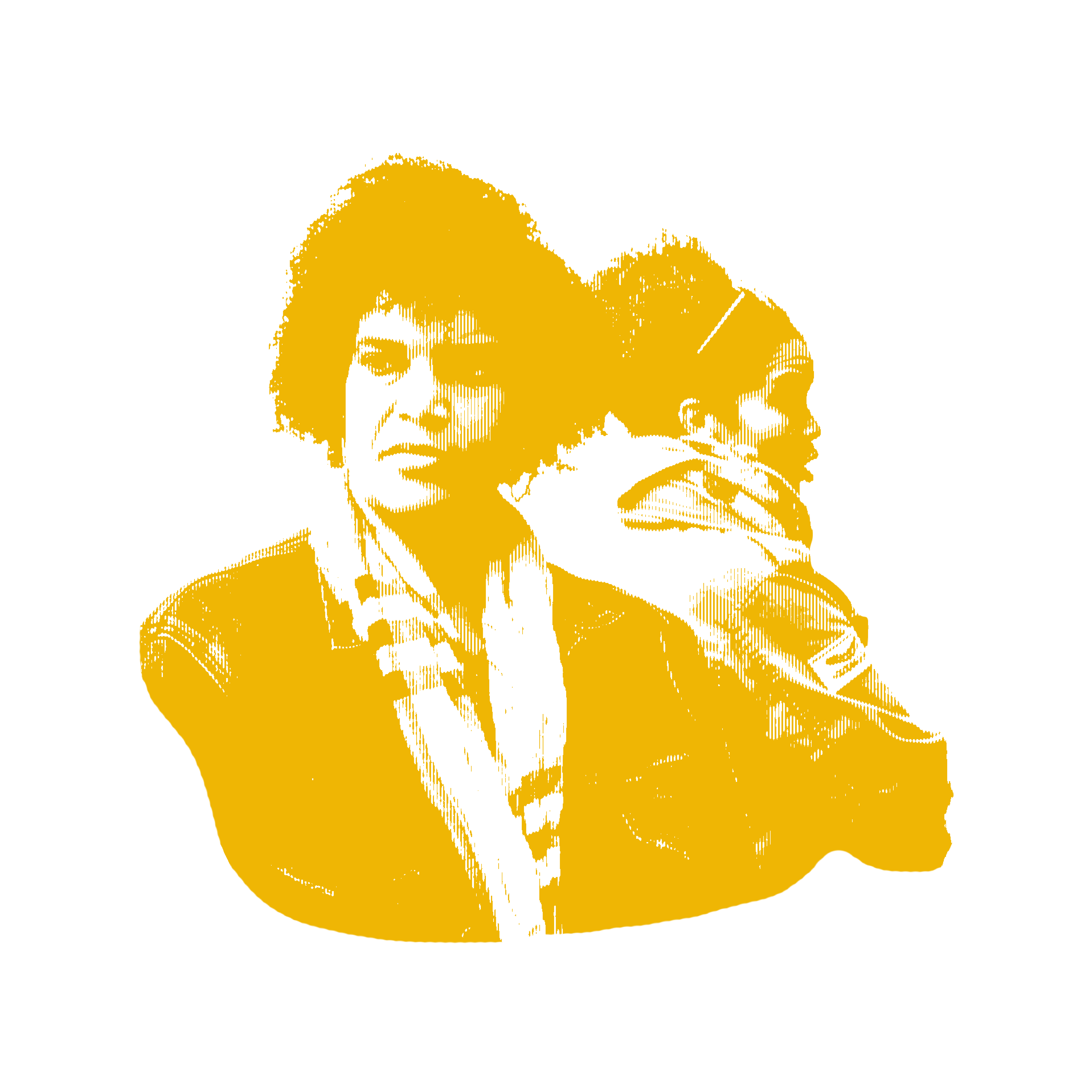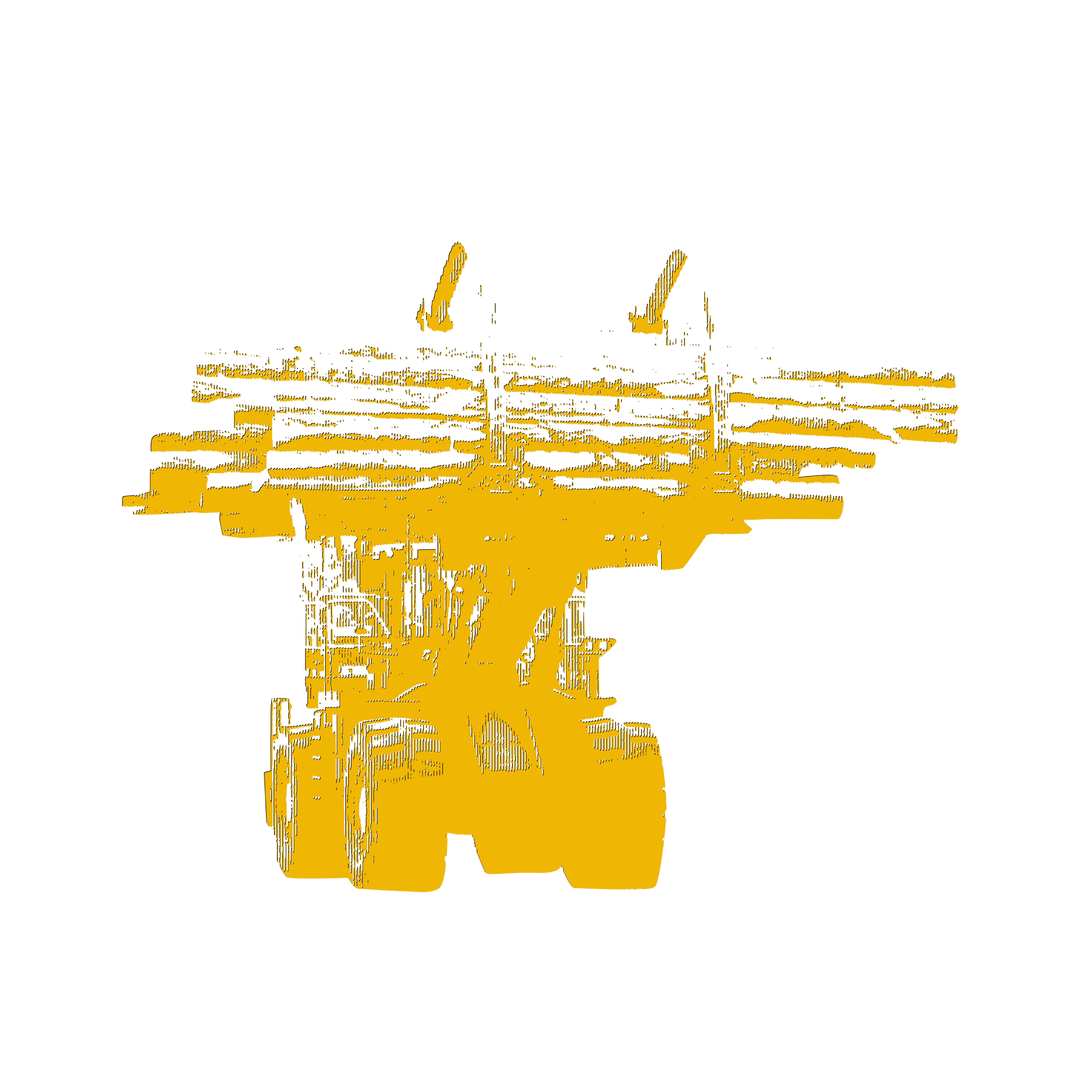Concerned about the impacts of deforestation, we have become familiar with the concept of "tipping point,” or the point of no return. It is when, so deforested, the Amazon starts to become an environment with less rainfall and, in a vicious cycle, starts to burn more, becoming drier and drier.
In the last few days, we have seen that the ecosystemic collapse is not unique to the largest rainforest on the planet. Confirming our worst fears, the reported deaths of Bruno Pereira and Dom Phillips are showing that crime has taken over the Amazon in a perhaps irreversible way.
Bruno and Dom were, each in their own way, defenders of the Amazon and its peoples. The former, with years of public service, dedicated himself to protecting the isolated Indigenous people of the Javari Valley, fighting invaders of the 8 million-hectare territory. The second exercised rigorous journalism, seeking to highlight environmental crimes and also solutions in the Amazon.
Long before this tragedy, there were warnings about the dominance of organized crime in the urban centers of Brazil's Northern Region. The prison revolts in Altamira, Boa Vista, and Manaus related to disputes between criminal factions for dominance of new trafficking routes and left the highest death toll among inmates in history. And all occurred in the last five years.
Today, you only have to walk through the neighborhoods of Manaus and Tabatinga to come across graffitied acronyms, PCC or CV, the two strongest groups in the whole country. These groups emerged in São Paulo and Rio de Janeiro, but created ramifications in the Amazon. What I call the point of no return is that these groups are now also established in the region.
Even if the confessed killer of Bruno and Dom is not directly connected to the organized crime factions that are active in the Amazon, what would explain the presence of restricted-use weapons in his hands? The suspicions that illegal fishing in the Javari Valley is a way to launder money for drug cartels also obscure the terrain.
What we know, more and more, is that the growth of criminal groups is not restricted to the Amazon cities—they go deep into the forest. The links between organized crime and mining in the south of Pará, in Munduruku and Kayapó Indigenous territories are already the target of Federal Police investigations and actions by the Federal Public Prosecutor's Office. In Roraima, within the Yanomami Indigenous territory, the investigation into the PCC's connection to attacks on Indigenous communities on the Uraricoera River is ongoing.
These cases, however, are only the tip of the iceberg. The articulation of organized crime in the Amazon is not only national, it is regional and international, as it could not be otherwise, since the main consumer markets for drugs, timber, and gold are outside the country. The stories and investigations that come to light are that on the triple border over the Solimões River, Indigenous people are enticed to work in the trafficking. On the northern border, with Venezuela, armed groups and in collaboration with the Colombian guerrilla ELN dominate illegal gold and mercury routes.
The significance of the reported deaths of Phillips and Pereira is only beginning to be understood. We may be entering territory that, unfortunately, is quite familiar to Mexican journalists. Those who report on the affairs of the cartels in that country are putting a price on their heads. The international articulation of organized crime will require more courage—but also more protection and more collaboration.
One cannot forget or minimize the hundreds of people—environmentalists, journalists, and community leaders—who have fallen in the fight against the destruction of the Amazon over the past 40 years. But this case, which resonated in the British parliament and at the Summit of the Americas, will result in the realization that the Amazon is no longer just a stage for environmental crime and land disputes. It is also dominated by organized crime.
This case can remind us of the worldwide commotion when Sister Dorothy Stang was killed in Anapu, Brazil, in 2005, and how many measures were promised (and some actually taken) so that the Amazon would no longer be the land of the gunmen. After almost 20 years, we have seen the resurgence of violence, and its legitimate representatives are in power. From the city councils to the president's palace, politicians defend more mining on Indigenous lands, access to weapons, reduction of protected areas, and legalization of land grabbing.
Exactly because of this, it will not be our pain in the face of this barbarity that will solve the problems of the Amazon, bring more protection to the communities, or trigger an effective fight against crimes in the region. What the tragedy of Phillips and Pereira, who dedicated their lives to the Amazon, will bring is the perception that the fight is just beginning.












